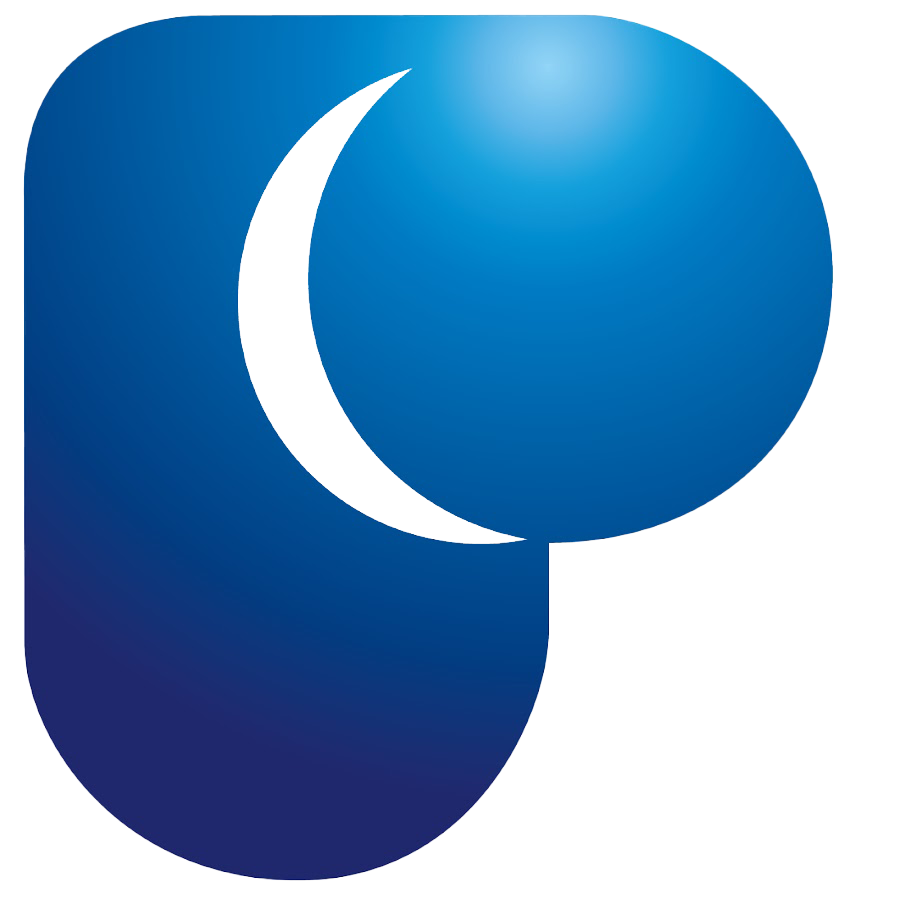
A Caesarean section, or C-section in short, is a type of major surgery where a baby is delivered through incisions (cuts) made in the mother’s abdomen and uterus.
Typically, the abdominal incision is made horizontally on the lower part of the abdomen. This skin incision, called a low transverse incision, is the most common because it heals well and carries fewer risks in future pregnancies.
A Caesarean section is a significant surgical procedure with associated risks. Therefore, it is typically performed only when deemed the safest choice for you and your baby.
According to the data from the Malaysian National Obstetrics Registry, about 1 in 5 deliveries in Malaysia are caesarean deliveries.
A Caesarean section might be advised either as a scheduled (elective caesarean section) procedure or performed urgently if a vaginal delivery is too risky. Scheduled Caesareans are typically scheduled starting from the 39th week of pregnancy.
This procedure might be necessary for several reasons:
The differences between a normal birth and a C-section include:
Read more: How to Get Back in Shape After a C-Section.
Most C-sections are performed under spinal or epidural anaesthesia, which means that you will be awake during the procedure but will not feel the pain as the lower part of your body is numbed. Occasionally, a C-section is carried out under general anaesthetic (where you will be asleep).
The whole surgery takes around 40-50 minutes if there are no complications.
Upon admission to the hospital for a scheduled Caesarean birth, a woman may receive an oral antacid to decrease stomach acidity and another medication to minimise secretions in the mouth and nose.
An intravenous (IV) line will be inserted into the hand or arm, through which an electrolyte solution will be administered.
Additionally, an antibiotic will be administered via the IV to reduce the risk of postoperative infection.
In some cases, a blood transfusion may be prepared or administered if there is significant blood loss.
Monitors will be utilised to monitor blood pressure, foetal heart rate, and maternal blood oxygen levels throughout the procedure.
Yes, you can. If you match the following characteristics, your chances of having a natural birth after a C-section are greatly increased:
Although a normal delivery is usually preferred, under certain circumstances, a C-section can be life-saving for you or your baby. Talk to your doctor if you have any concerns about the procedure.
In rare cases, attempting vaginal birth after a C-section may lead to complications such as uterine rupture.
A dedicated and expert team of obstetricians and gynaecologists at Pantai Hospital is available for consultation to provide the best care and assistance. Get in touch with us to book an appointment today if you have any concerns or questions regarding your reproductive health.
Please contact the Health Screening Centre at your nearest Pantai Hospital for health screening appointments.
Pantai Hospital has been accredited by the Malaysian Society for Quality in Health (MSQH) for its commitment to patient safety and service quality.

